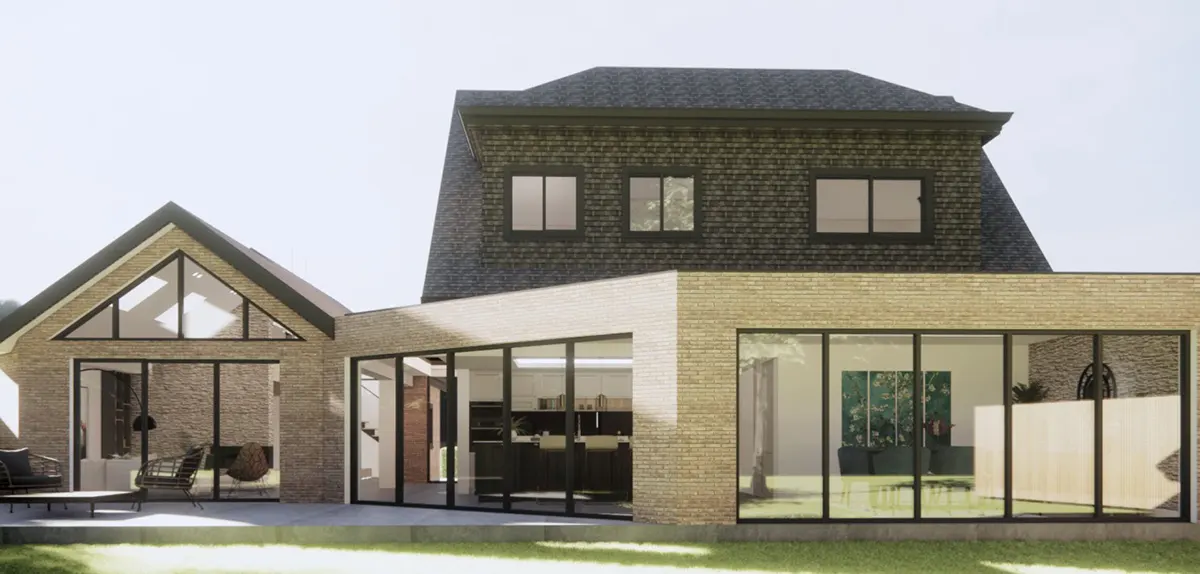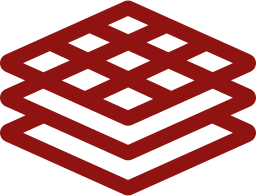What Are CDM Regulations? A 2015 Overview and Latest Guidelines
It was the year 1994 when The Construction Designing and Management Regulations, commonly known as CDM Regulations, were first brought into effect. Since then, the regulations have become a crucial mandate enabling the maintenance of safety standards in the construction industry across the UK. In this guide, we will explore some of the important aspects of CDM regulations, their impact on the construction sector, and the core demographic upon whom the regulations are directed towards.

According to a report by the Health and Safety Executive (HSE), 51 construction workers succumbed to injuries from work-related accidents in Great Britain in 2023-24. The figure is alarming as the number of deaths has increased from the previous year’s 45, which already was higher than a five-year average of 37 fatalities per year. Nationally, a total of 135 workers were killed in the year 2022-23 due to work-related accidents, but what’s alarming is more then 30% of those fatalities were from the construction sector.
To deduce a bit more, of the 45 deaths, more than 51% of those accounted for falls from height, 12% deaths occurred due to workers getting trapped by a machinery or in a certain circumstance at a construction site, 10% were deaths caused by impact from moving/falling objects. Apart from the fatalities, construction workers are also prone to numerous non-fatal physical and mental ailments. According to data from the Labour Force Survey (LFS), about 54% of workers suffer from musculoskeletal disorders, 24% of them go through mental disorders and a few percentage of the workers endure lung related ailments.
The above data is reflective of the grave working conditions in the construction sector, and when further scrutinised upon each year, the number is only taking an upward trend. This is exactly where the significance of CDM regulations gains utmost prominence.
What are CDM Regulations?
CDM regulations were devised to ensure the safety and well-being of construction workers at work sites. The regulations are formed such that if implemented timely and appropriately, they aid in the prevention of accidents and fatalities by means of carefully planned methodologies and risk mitigating techniques.
2007 CDM Regulations
Since their introduction in the year 1994, CDM regulations have gone through a couple of revisions to suit the evolving needs of the construction industry. The 2007 CDM regulations were aimed at realising a comprehensive health & safety mechanism for workers at construction sites. Apart from improving project planning and management, the regulations aim to mitigate and discourage unnecessary bureaucracy, and to preemptively identify hazards and restrict any such risks at the planning or the design stage.
Apart from little to tangible health and safety improvements, and a huge cost incurred to the construction industry, the 2007 CDM regulations were marred with irregularities. The lack of prior information on construction sites and related demographics, difficulty in establishing the CDM coordinator and contractor, and lack of information on design, were a few issues that required more attention.
CDM Regulations 2015
Given the obvious issues with the 2007 CDM regulations, which importantly were not found to be good enough to cope to the juggernauting construction growth, there was a need to further revise the same.
The CDM regulations 2015 were devised and brought into practice to further simplify and make them more integrable to the EU legislations. The revision also saw roles assumed by CDM coordinators, principal designers and principal contractors undergo transformation as duty holders. In principle, the entire aim was to ensure projects were executed by driving best practices, identifying and managing risks at the pre-construction phase, and ensuring health & safety of those working at sites.
What are the Major Changes in CDM regulations 2015?
Construction Work
The definition and scope of the term “Construction Work” in the CDM regulations 2015 is now further expanded. Construction Work in the realm of the CDM regulations 2015 means to carry out any type of building, civil or construction work beyond just permanent structures. This means the scope is now extended to temporary structures and includes those that are built as movie sets, structures built for events, and structures built by entertainment production houses too.
“The Client” is Accountable
An important change that has come into being is client accountability. The 2015 CDM regulations mandate that “The Client” for whom construction services are being carried out is solely responsible for ensuring the health, safety and welfare of the project.

Steph Fanizza, Architectural Design & Team Manager
Tell us about your plan and we'll send you a free quote! It takes less than 90
seconds!

Steph Fanizza, Architectural Design & Team Manager
Extended CDM Coordinator
Another crucial alteration within the mandate of the 2015 CDM regulations is about the extension of the role of a CDM coordinator. The new regulations have introduced “Principal Designer” as a replacement for the CDM coordinator whose original responsibility was to monitor and guide the project team with regards to ensuring CDM compliance. The role now reformed as a “Principal Designer” is further underlined with additional responsibilities with regards to scrutinising a project for compliance before the construction begins.
A Detailed Overview of the CDM Regulations 2015
Let’s look at the important changes effected in the CDM regs 2015 and how they redefine project responsibilities outlined as duty holders.
Client
- The client for whom the construction project is being executed is legally responsible to appoint a principal designer and a principal contractor if the project is being executed by more than one contractor.
- Ensuring that the principal contractor or the contractor in question prepares a phase plan for construction before its commencement.
- Ensuring the principal designer comes up with a health & safety plan for the project.
- Ensuring that the principal designer and principal contractor are furnished with all information relating to the project’s pre-construction phase.
- Notifying relevant authorities from the Health and Safety administration if the project exceeds 30 working days with more than 20 workers involved from beginning to end.
- Notifying the Rail & Road Regulation and Nuclear authorities if the project demands an authorisation from the department as part of its nature.
Principal Designer
- Planning, and overseeing the pre-construction phase.
- Ensuring the preparation of a health and safety file of the project and adhering to it as required.
- Preemptively identifying any formidable risks that would jeopardise the health and safety of any worker involved in the construction of the project.
- Ensuring CDM compliance before the construction begins.
- Corresponding with the principal contractor and ensuring there is comprehensive exchange of information about planning and execution of the construction.
Construction Sites
- Must be designed as a safe environment.
- Must be adequately fenced and maintained for orderliness and cleanliness.
- Must be adequate with natural light during the day. Use of artificial lights if required during the night should not cause any obstruction or pose a danger to any external environment.
- Sharp protruding objects/elements should not be left exposed or should not lay haphazardly at any place in a construction site.
While the above have been major additions to the CDM regulations 2015, the cardinal roles and responsibilities of designers and contractors have been made more vigilant and proactive.
Designers must not commence work until they ensure that the client understands his/her obligations and duties towards them.
Designers should also beforehand take in any information marked as imperative for pre-construction phase to avert any risks.
Designers should also liaise with the principal designer to ensure all required information pertaining to health and safety is recorded in the file.
Contractors must not commence work until they ensure that the client understands his/her obligations and duties towards them.
Contractors must furnish the required guidelines and monitoring that comes under the ambit of their responsibility.
Contractors, if one or more, should comply with the directions and instructions of the principal designer and principal contractor assigned on the project.
Workers need to report on anything that they witness as an unusual setting and that would put at risk the health and safety of their own self and other workers at the site.
Workers should ensure co-operation with their employers, co-workers, or any involved duty holders, unless it does not warrant putting at risk their own health and safety.
Workers need to follow all health and safety guidelines and co-operate in maintaining a safe working environment.
Conclusion:
The CDM regulations 2015 have been more vigilant and mandates strict adherence legally to ensure a safe and secure environment at a construction site. Irrespective of the project’s size and nature, these regulations act as binding guidelines and warrant adherence from all personnel involved, and failing to abide will only result in adverse actions that involve penalising the violator legally or financially.
Want to know more about CDM regulations 2015 and the implications that may act on you? Call Extension Architecture and know from the experts. Contact us for more details.











